Is my Child Dyslexic? The SchoolsCompared.com Guide to Dyslexia for Parents.
Is My Child Dyslexic? How Can I Tell? Discovering Dyslexia and Overcoming its Challenges.
“If anyone ever puts you down for having dyslexia, don’t believe them.
Being dyslexic can actually be a big advantage, and it has certainly helped me.”
Richard Branson, Virgin CEO
Learning disabilities impact individuals in different ways. Symptoms of a learning disability can vary greatly and can affect experiences, behaviours, characteristics and difficulties uniquely. There are different levels and types of learning disorders. One of the most common learning issues in the world is dyslexia, which affects approximately 1 in 10 people.
What Is Dyslexia?
According to Dyslexia Action 2017 study 17% of the population is on the dyslexia spectrum, which equates to 700 million people worldwide!
Dyslexia is a specific learning disability caused by a phonological processing problem in reading, affecting a student’s ability to read fluently, automatically and accurately and causes difficulty in reading comprehension, spelling and writing.
Dyslexia does not have any relation to intelligence!
A neurobiological processing issue, dyslexia is characterised by the inability to decode the written word, to recognise key words and is evident in poor spelling. Dyslexia is usually unexpected in relation to other cognitive abilities but affects a student in all aspects of their education as it can impede the growth of a broad vocabulary and it affects the ability to build base knowledge (schema). The time that a dyslexic student’s spends decoding a word and then processing the comprehension of it means that they are immediately behind their peers who automatically read a document and began answering it before the dyslexic student has finished decoding the passage. This will impact everyday schooling and also exam results if the student does not have enough time get the information from the pen to the paper.
What Causes Dyslexia?
Dyslexia exists across all cultures, range of abilities and socioeconomic backgrounds. Dyslexia Action (A UK based, leading specialist teacher training provider) states that dyslexia is a hereditary, life-long condition that is independent of intellect. Genes responsible for dyslexia have been identified and scans of the brains of children with dyslexia have shown that their left-brain develops and functions differently to those without dyslexia.
With so many children on the spectrum, it is vital that it is identified as early as possible so that the teaching faculty can ensure that those students receive the support that they need to reach their full potential in school.
Ten Common Key Indicators Of Dyslexia
As dyslexia is an issue specific to reading and spelling, there are not many indicators outside of the classroom. It is an issue that becomes more obvious once children begin to learn to read and write.
Here are 10 key indicators to be aware of to help to identify dyslexia, however every child is unique so they may display all or only some of these markers.
- Phonological Awareness – This is the ability to recognise individual phonemes (sounds) and the ability to put them together to make new words. These issues can be observed with the following typical problems:
- Confusing vowel sounds such as ‘a’ instead of ‘e’.
- Having difficulty in rhyming words
- Chunking words into syllables
- Blending sounds into whole words
- Spelling Errors Typical Of Dyslexics – There are spelling mistakes that students with dyslexia repeatedly make.
- Repeatedly spelling words as they sounds despite them being ‘sight words’ such as wont instead of want
- Confusing the sequence of letters such as ‘wrod’ instead of ‘word’
- Reversing the sequence of letters like ‘was’ instead of ‘saw’
- Missing sounds out entirely, like ‘wich’ instead of ‘which’
- Using the incorrect letter, such as ‘showt’ instead of ‘shout’
- Added extra letter sounds, ‘whent’ instead of ‘went’
- Using the t sounds instead of ‘ed’, ‘lookt’ instead of ‘looked’
- The inability to recall when to use ‘ck’ or ‘ke’ at the end of a word, ‘lick’ instead of ‘like’
- Inability To Remember Times Tables and Number Runs – This is the ability to remember number sequences or times tables in the short term but the data is no longer available a few days later. The same occurs with pin numbers, passwords and phone number.
- Right Brain Functions – A dyslexic student relies more heavily on their right brain, which means that they are more commonly artistic and creative. So they have lots of great ideas and unique thoughts that they have great difficulty putting down on paper. They take far longer to write than other students, they may produce less content with no punctuation and not have a clear idea of where to begin.
- Forgetfulness – As their eyes hop over words a dyslexic learner has a slower reading speed and may miss out entire words or skip lines as they read. So much energy is spent on decoding the words that there is no capacity remaining to comprehend the meaning, this means that the student immediately forgets what they have just read. One very clear indicator of this is the student reading a word and then further down the page not recognising it again, there is no visual memory of the word.
- Their, there and They’re – Homophones are words that sound the same but are spelt differently. These are extremely difficult for the dyslexic student because the method of spelling phonetically cannot be applied.
- The Alphabet Backwards – Because remembering sequences is so hard for a dyslexic, reciting the alphabet backwards is almost impossible.
- Left Or Right? – A dyslexic learner struggles to automatically remember which is left and which is right. They need to stop and think about a learned method to remember.
- Sequences – Following multiple instructions is difficult for a dyslexic student. “Get your books out of your lockers, turn to page 31, read 2 pages”. A dyslexic learner will need these instructions repeated many times before they accomplish the task.
- Reversing Numbers – Repeatedly occurring, a dyslexic student sees the number 23 but reverses it in their mind and remembers it as 32. The input and the output become confused because they cannot hold the sequence of sound in their mind for long enough to process the data.
Mild To Moderate To Sever Dyslexia
Just as only some or all of the above indicators may be present, children with dyslexia experience these issues on a spectrum.
- Mild – a person with mild dyslexia may have a more difficult time manipulating the sounds in words (especially rhyming words) spelling will be below the average and reading will be slower.
- Moderate – Easily distracted, the learner with moderate dyslexia will become mentally exhausted quickly as the level of effort required to read and write is so high. Reading, writing and spelling difficulties are more apparent.
- Severe – Aside from extreme difficulty with reading, writing and spelling, a person with severe dyslexia may be less coordinated than their peers. For example, marching to a tune would be awkward, catching a ball may difficult and they almost always confuse left and right.
It is important to note that children with dyslexia are more 30% more likely to also have ADHD (attention deficit hyperactivity disorder) than their peers, compounding their difficulties.
What To Do If You Think Your Child Has Dyslexia?
Just like any other muscle in the body, the brain can be strengthened and developed with training.
The left hemisphere of the brain, which is the area impacted by dyslexia, can be physically changed with intervention that breaks language down and teaches the reader to decode words based on syllable types. This creates new neural pathways and reduces the distance data needs to travel through the brain, improving left mind function.
This means that the sooner the diagnoses the sooner appropriate learning techniques can be implemented in the classroom and the greater the capacity for the child’s educational success.
Early Intervention
Indications of dyslexia can be identified in children as young as 3 years old. The pre-school child with dyslexia will have difficulty repeating or remembering rhymes, colours or counting in a sequence. They may love stories being read to them but not be interested in the discovery of letters and words. However most schools will not conduct a formal assessment until the child is over six years old, as brain development occurs at different times in children this young. Assessments should be done by someone qualified in the field, ask at their school for an assessment or call the Dubai Dyslexia Support Group for further advise.
A parent who as potentially identified dyslexia in their preschool child can begin intervention themselves straight away by playing simple child’s games. I spy, nursery rhymes, memory games and Simon says are just a few simple examples that are easy to apply. Research has shown that parental engagement in supporting literacy has a major impact on a child’s reading success.
Most commonly it would be the school that approaches the parent when the teacher notices some of the previously mentioned indicators of dyslexia. However should you suspect that your child has dyslexia and the school has not, it is vital that you speak to your school and request an evaluation with the Special Educational Needs Department (SEND).
What should you expect from your school?
Having a learning issue like dyslexia need not be a life altering debility. With the correct support in the classroom, finding ways to accommodate different learning styles and focusing on boosting a student’s confidence, the impact of the condition can be enormously reduced so that the learner can thrive within school and in their future careers.
Step 1 – Get A Diagnosis
This helps teachers to properly identify the individual child’s particular needs and to develop a programme specifically tailored for them. (During important examinations, having a diagnosis is beneficial in that the student is allowed more time to complete the assessment to compensate for the lengthened comprehension processes that they face).
Step 2 – Adapted Learning Tools
Children with dyslexia will always benefit from learning tools and teaching methods that tap into their senses. Implementing touch, sound and vision in a multi-sensory lesson will help them to cement the information into their minds and recall it at a later time.
The Yale Centre for Dyslexia and Creativity offers tips for studying with dyslexia, which include.
- Employing time management strategies such as breaking up projects into smaller pieces and drafting an outline before starting a task
- Using tools such as flash cards and text-to-voice technology
- Organizing notes visually, using highlighters or a color-coding system
- Working in a quiet, clear space — with earplugs or noise-cancelling headphones if necessary — and keeping distractions to a minimum
Step 3 – Guidance and Support
Dyslexia is not an issue that can be cured, bit it is one that can be managed. Counselling or therapy will help to ensure that a child’s confidence or self-esteem is not impacted and can offer reassurance that they are not less intelligent than their peers, they simply think in a different way. Speak to your school and request access to the school councillor for your child.
Dr.Rudolf Stockling is the senior educational psychologist and clinical director at Lexicon, a specialist-learning centre located in Dubai. He believes that early intervention is the key to successful education.
“The earlier children get help, the less likely it is they’ll suffer a long-term disadvantage. Because of the neurological basis of dyslexia and dysgraphia, individuals do not outgrow them but early intervention will, however, help them to become fully literate learners, meaning many of the side-effects of learning disabilities such low self-esteem and social isolation will never rear their ugly heads.”
Your Schools should be well equipped to identify, evaluate and manage your child’s special educational requirements. However, some schools are better equipped to provide for SEN children than others. Should you feel your child’s dyslexia needs are not being accurately diagnosed or if they are not receiving proper attention in class, then it may be best to move them to a school with a SEN department that has the staff, capacity, focus and experience to give your child the support that they need.
Discussing Dyslexia With Your Child
Just as every child displays indications of dyslexia differently, every child reacts differently to the news that they have dyslexia.
Some children feel relieved that there is a reason that they struggle and that the reason is not that they are ‘stupid’. Others might feel that their diagnoses means that they stand out from the crowd and make them feel embarrassed or ashamed.
According to the Dyslexia Association of Ireland, it is important to talk to your child about dyslexia in a positive way.
“When explaining dyslexia to your child, you have to translate the results of the assessment into plain language. You also want the child to know that dyslexia is nothing to be ashamed of, that help is available, and that there is no reason why the child should not achieve to his or her potential”.
According to a Canadian study published in the Journal of Learning Disabilities, those with dyslexia are more likely to have low self-esteem, anxiety and depression. Your schools should have the resources to help your child succeed academically and manage their issues emotionally. It is therefore also hugely important that the school provide access to therapy/counselling should your child need it (most outstanding and very good schools have qualified therapists, specialising in childhood mental health on the faculty.)
Step 4 – On going Evaluation
Regular evaluation will help to identify specific learning areas that may need more focus to keep the moving target in sight. As the child moves up the grades, they may need more time in exams and assessments to compensate for the lengthier cognitive processes that they need to go through to comprehend material.
Not Disabled – But Differently Abled – The Strengths That Come With Dyslexia
Albert Einstein, Keira Knightley, Richard Branson, Walt Disney, Winston Churchill, Agatha Christie, Mohammad Ali, Henry Ford, Tom Cruise, Thomas Edison, Tommy Hilfiger, Erin Brockovich, George Washington, Picasso, Keanu Reeves, John Lennon, Steven Spielberg and Leonardo Da Vinci are just a few successful people who, although affected by dyslexia, overcame the challenges, achieved their goals and/or made positive impact on the world.
A dyslexic child’s brain is organised differently, which means that they are skilled in big picture thinking, clever at spotting unusual patterns, advanced in discovering creative solutions to problems and can think holistically. They can make great team players and be extremely creative students who are artistically gifted and have an intuitive sense of spatial organization.
A child with dyslexia has every capacity to be brilliant and successful in their life.
In conclusion, the first step in helping your potentially dyslexic child to maximise their educational potential is to get a professional assessment (the earlier the better). Identifying your child’s unique issues means that the school can then use the most appropriate educational learning method. Lastly, it is important to continue intermittent evaluation so that the unique needs of an evolving mind can be met.
Further Information Resources
Dubai Dyslexia Support Group (050 652 4325) provides general advice on dyslexia and has regular meetings, organises assessments and hosts’ visits by educational psychologists.
There are also many companies that offer tutoring specifically targeted at helping dyslexic students such as:
UAE Dyslexia: (0501394154).
Lexicon Reading Centre: (0507954428).
Recommended books available to read to, or with, your child to help them understand dyslexia.
- “Tom’s Special Talent” by Kate Gaynor (for ages 5-9)
- “It’s Called Dyslexia” by Jennifer Moore-Malinos (for ages 8-12)
- “Dyslexic Brains Learn Differently,” written for children by children aged 10-13 years, with severe dyslexia
- “Dyslexia: A Teenager’s Guide” by Sylvia Moody (ages 13-18)
Notes:
Our thanks to AO and @Jb5Jane on Twitter for sharing their poem (main image). We think this is a beautiful poem that deserves to be widely shared.
© SchoolsCompared.com 2020. All rights reserved.
















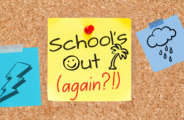
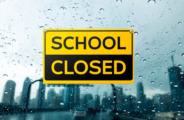







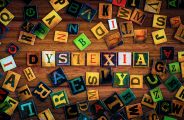











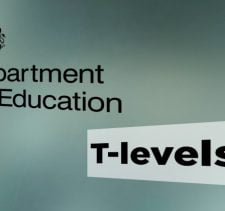





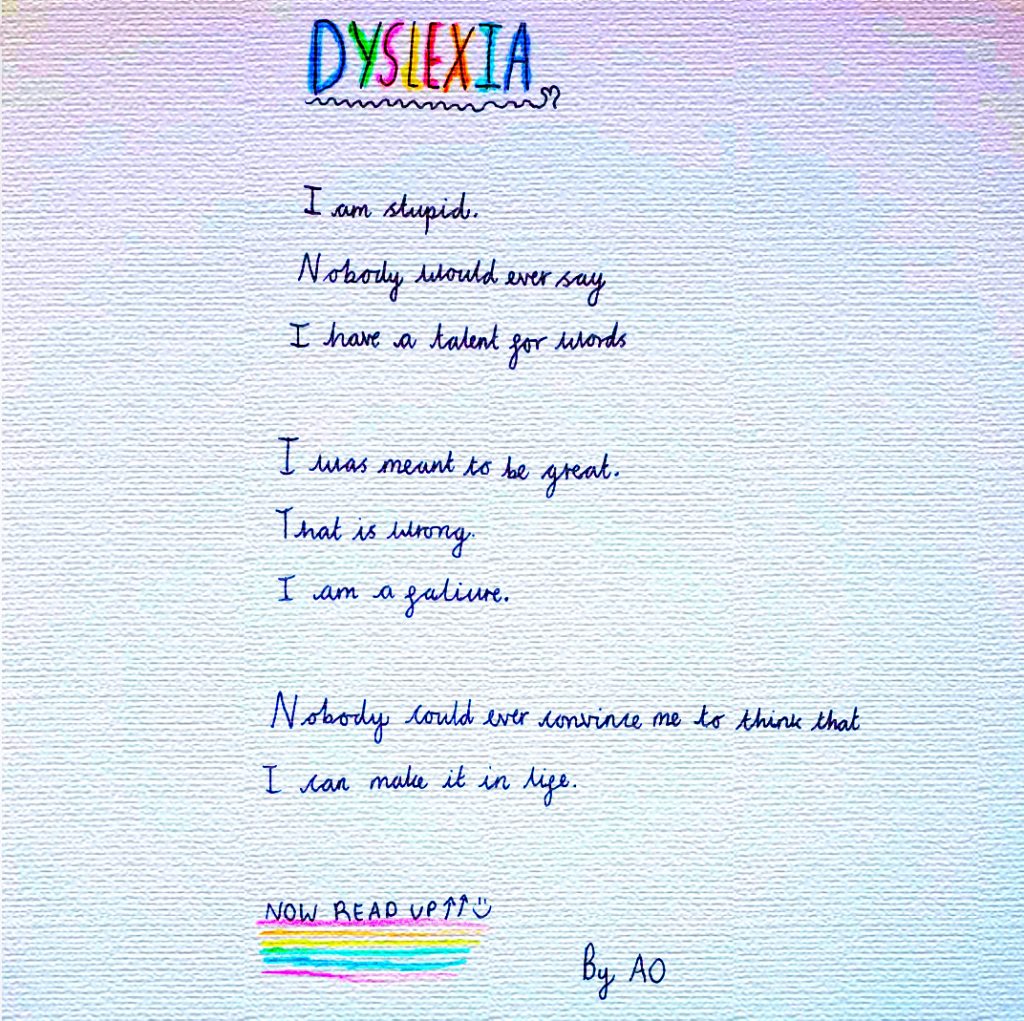

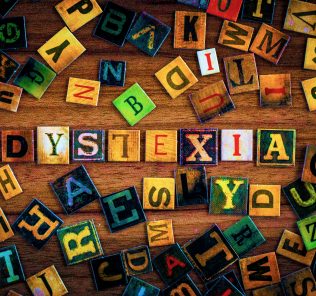

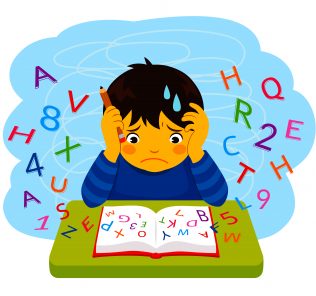













Leave a Response